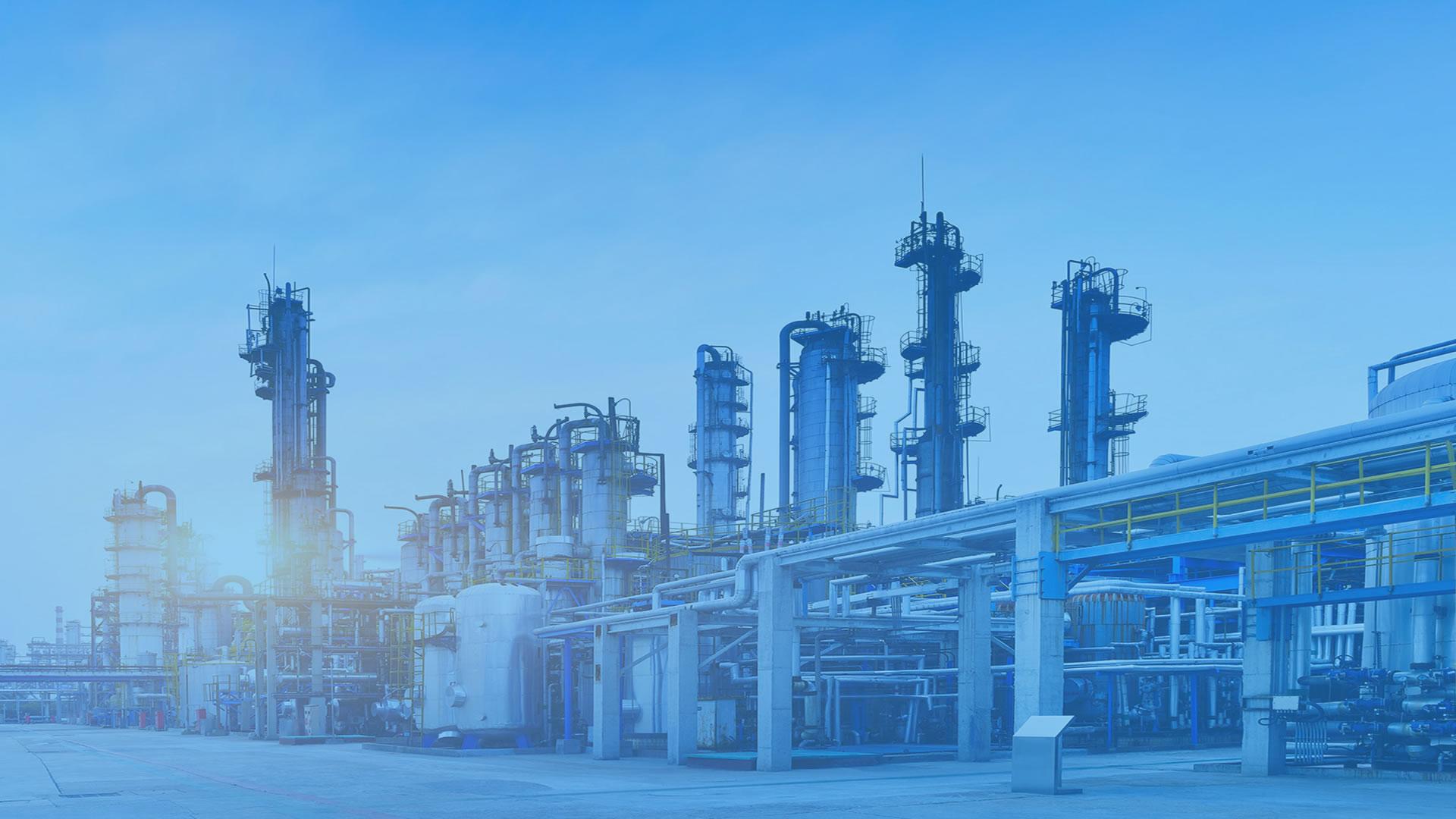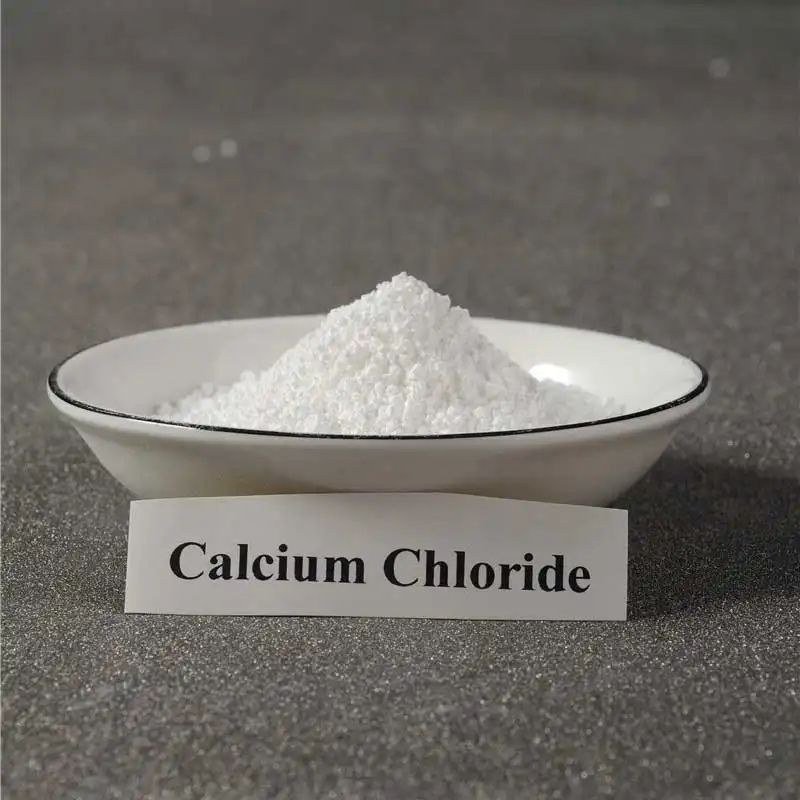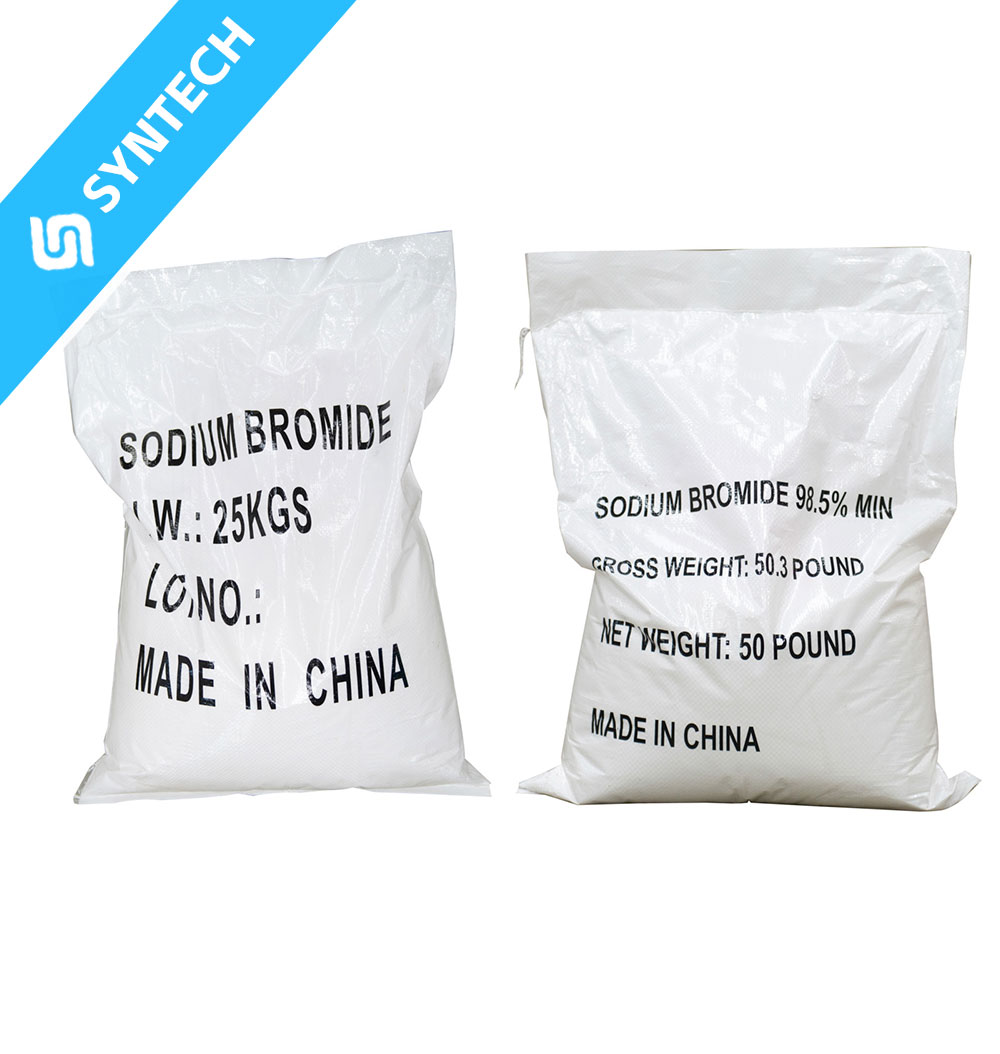1. Deicing Mechanism
Potassium formate (HCOOK) works as a low-temperature deicer through the following mechanisms:
(1) Freezing Point Depression
- Dissolves in water to form HCOO⁻ and K⁺ ions, disrupting hydrogen bonding in ice.
- Lowers the freezing point of water to -50°C (at ~76% concentration), outperforming traditional salts like NaCl (-21°C) or CaCl₂ (-51°C but more corrosive).
(2) Exothermic Dissolution
- Releases heat when dissolved, accelerating ice melting (heat of solution: -13.4 kJ/mol).
(3) Penetration Enhancement
- Small molecular size allows deeper penetration into ice layers compared to chloride salts.
2. Advantages
| Feature | Potassium Formate | Comparison with NaCl/CaCl₂ |
|---|---|---|
| Low Corrosivity | Minimal damage to metals/concrete | NaCl causes rust; CaCl₂ degrades concrete |
| Environmental Safety | Biodegradable (LD₅₀ >5,000 mg/kg) | NaCl harms vegetation/aquatic life |
| Low Temperature Performance | Effective below -30°C | NaCl ineffective below -9°C |
| Residue | Leaves no visible stains | Chlorides leave white residues |
| Bonding with Pavement | Reduces black ice formation | Chlorides increase slick surfaces |
3. Limitations
| Issue | Explanation | Mitigation Strategies |
|---|---|---|
| Higher Cost | 3–5× more expensive than NaCl | Used selectively (e.g., airports, bridges) |
| Limited Bulk Availability | Smaller production scale | Often blended with acetates/formates |
| Hygroscopicity | Absorbs moisture in storage | Store in sealed containers |
| Conductivity | May increase pavement conductivity | Not ideal for sensitive electronics areas |
4. Typical Applications
- Airports: Widely used on runways (e.g., Helsinki Airport) due to non-corrosive properties.
- Bridges/Metallic Structures: Prevents reinforcement corrosion.
- Urban Areas: Eco-friendly option for pedestrian zones.
5. Blending for Cost Optimization
Common mixtures:
- Potassium formate + sodium formate (1:1): Balances cost/performance.
- Potassium formate + urea: Reduces concrete damage but lowers efficiency.
Conclusion
Potassium formate is a high-performance, eco-friendly deicer ideal for critical infrastructure and cold climates, though its cost limits widespread use. For projects prioritizing long-term asset preservation(e.g., airports, historic sites), it offers unmatched advantages over chlorides.
Need help selecting a deicer for your specific conditions? Provide details like temperature range and surface type!






